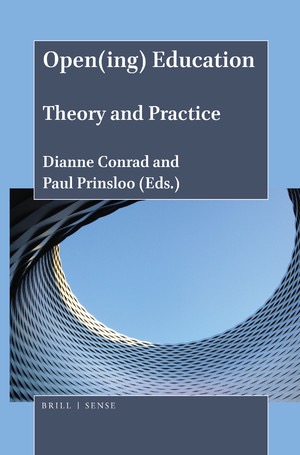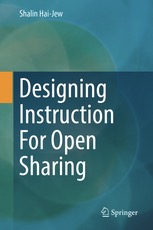open education
Select an item by clicking its checkbox
Date Reviewed: June 17, 2021
It has become clear that thinking in terms of the binaries of ‘open’ versus ‘closed’ can no longer account and do justice to the wide range of possibilities and the varying factors that destabilise some definitions and practices. In Open(ing) Education: Theory and Practice, the authors therefore map ‘open’ as emerging from a dynamic network or ecology of often mutually constitutive factors resulting in a range of possibilities. The chapters in this book provide us with glimpses of open, opening, and opened, with none of these being permanent states of affairs, but rather contingent, serendipitous, often uncertain, and fluid.
This book is unique not only with regard to its variety of approaches to mapping the various possibilities between open and closed but also with regard to the global spread of its many contributing authors. (From the Publisher)
Date Reviewed: June 21, 2021
This textbook considers and addresses the design of online learning objects, electronic textbooks, short courses, long courses, MOOC courses, and other types of contents for open sharing. It also considers the design of online mediated communities to enhance such learning. The “openness” may be open-access, and/or it may even be open-source. The learning may range from self-directed and automated to AI robot-led to instructor-led.
The main concept of this work is that design learning for open sharing, requires different considerations than when designing for closed and proprietary contexts. Open sharing of learning contents requires a different sense of laws (intellectual property, learner privacy, pedagogical strategies, technologies, media, and others). It requires different considerations of learner diversity and inclusion. It requires geographical, cultural, and linguistic considerations that are not as present in more localized designs. The open sharing aspect also has effects on learner performance tracking (assessments) and learner feedback.
This textbook targets students, both undergraduate and graduate in computer science, education and other related fields. Also, professionals in this field managing online systems would find this book helpful. (From the Publisher)

